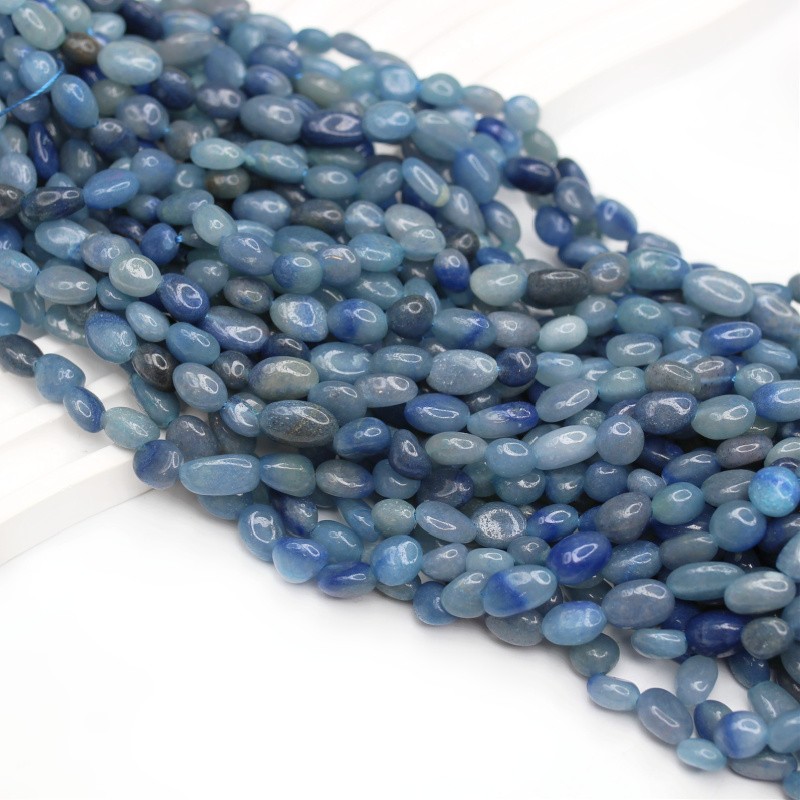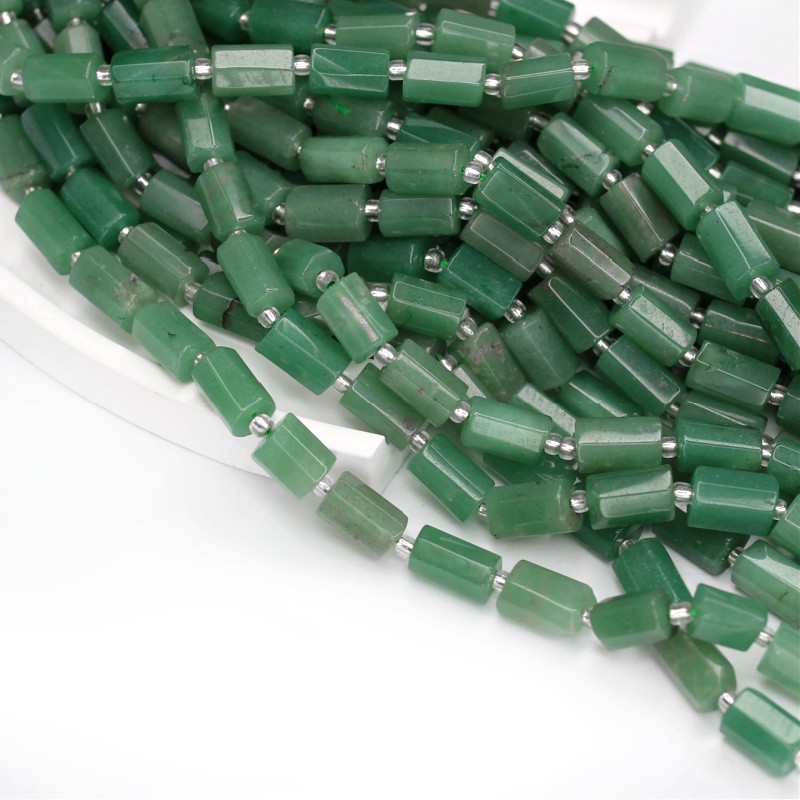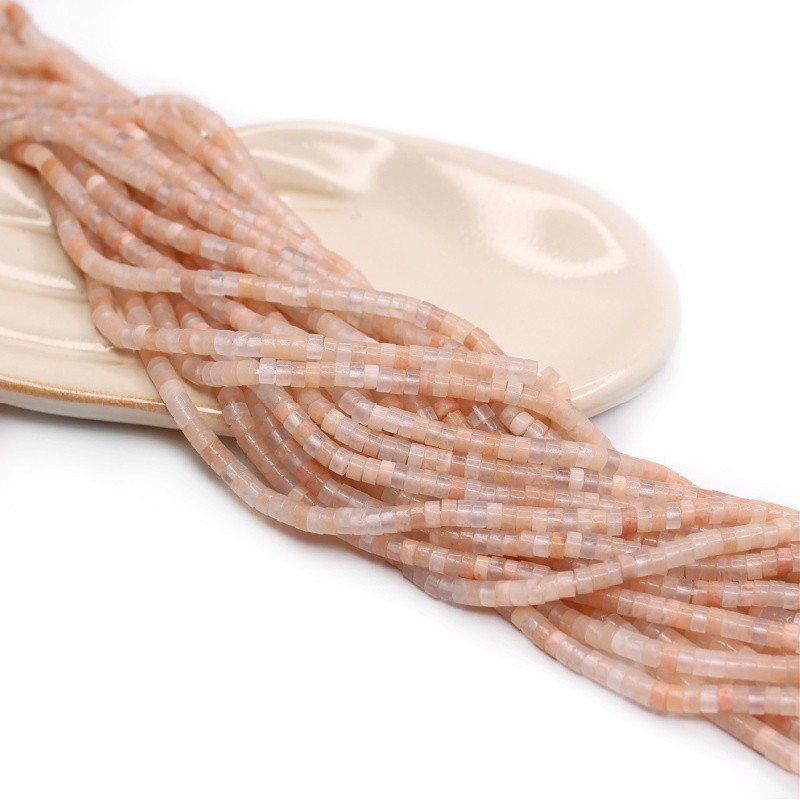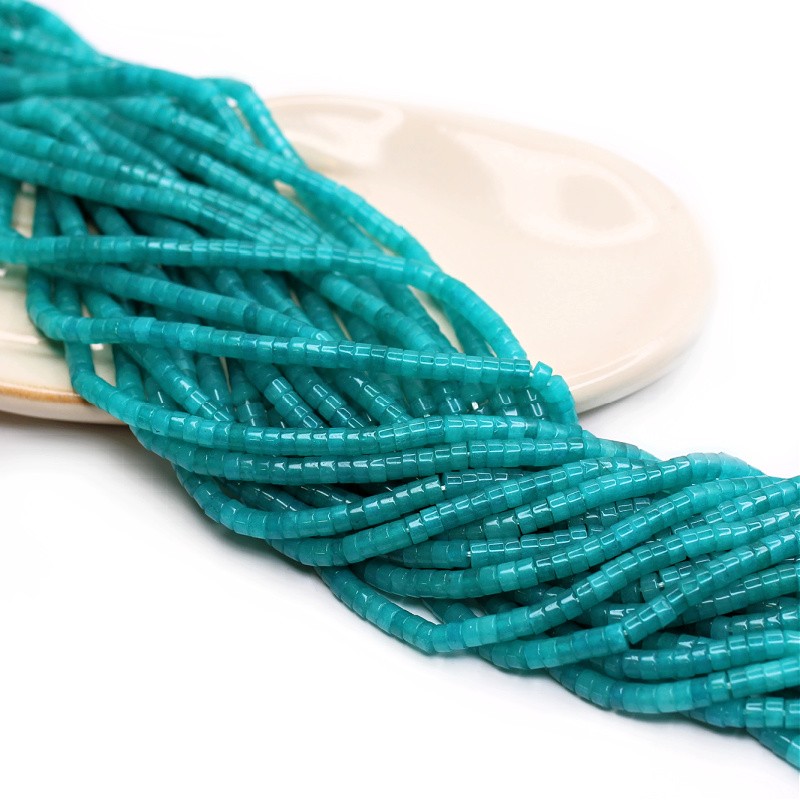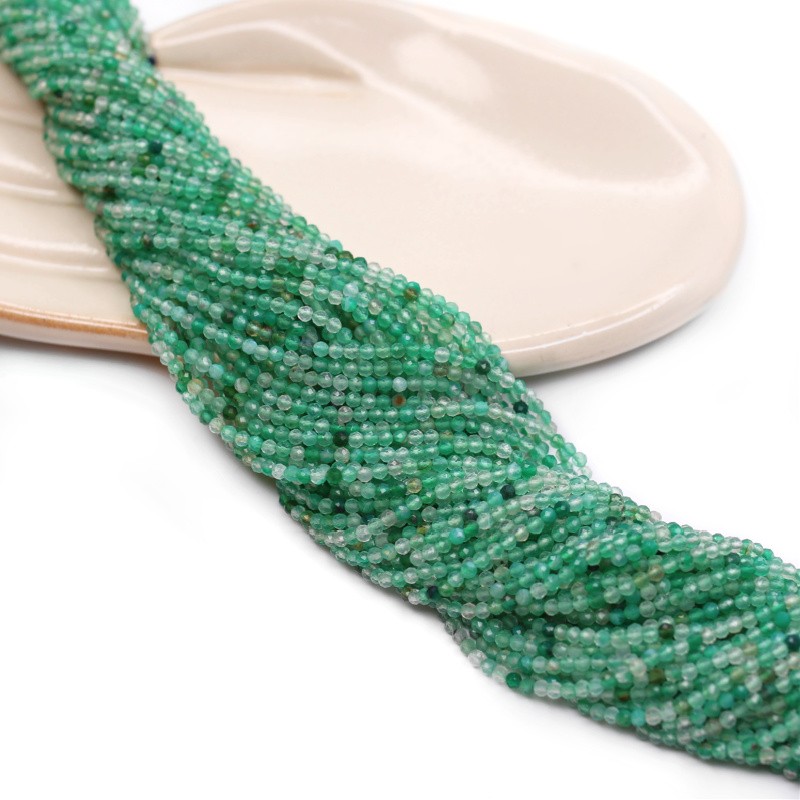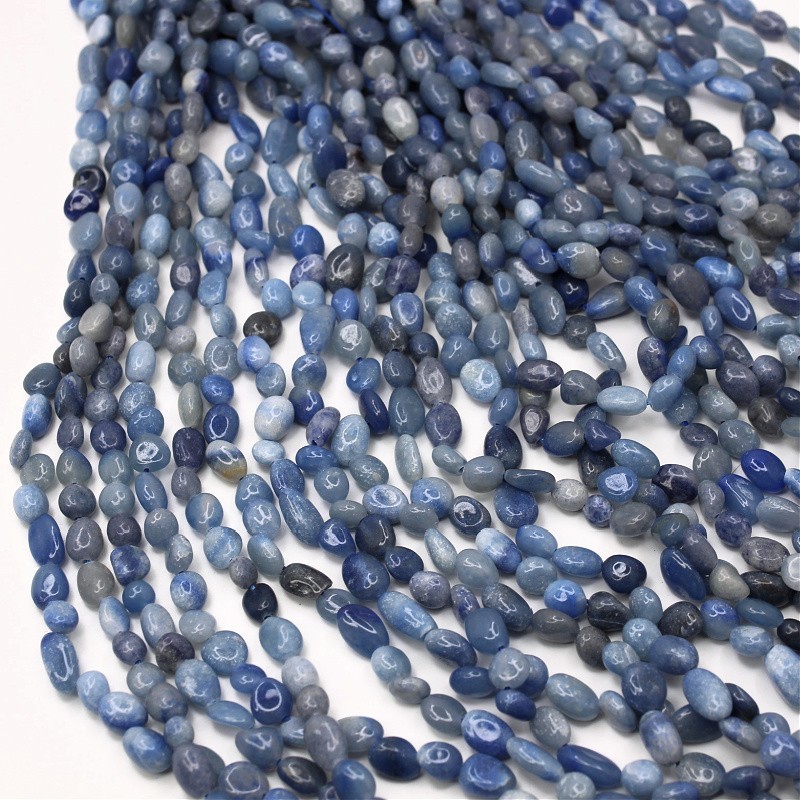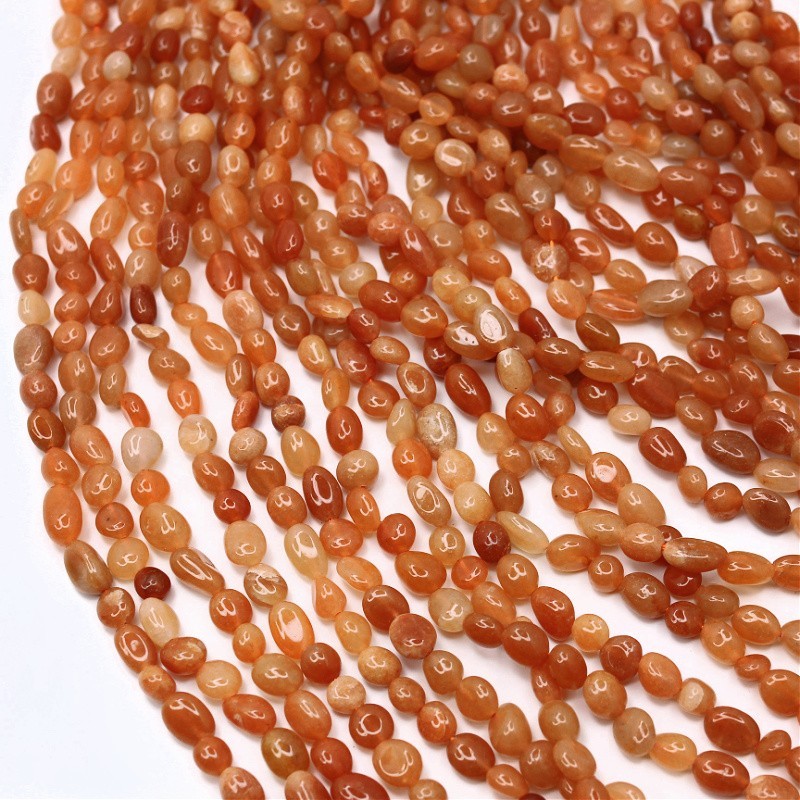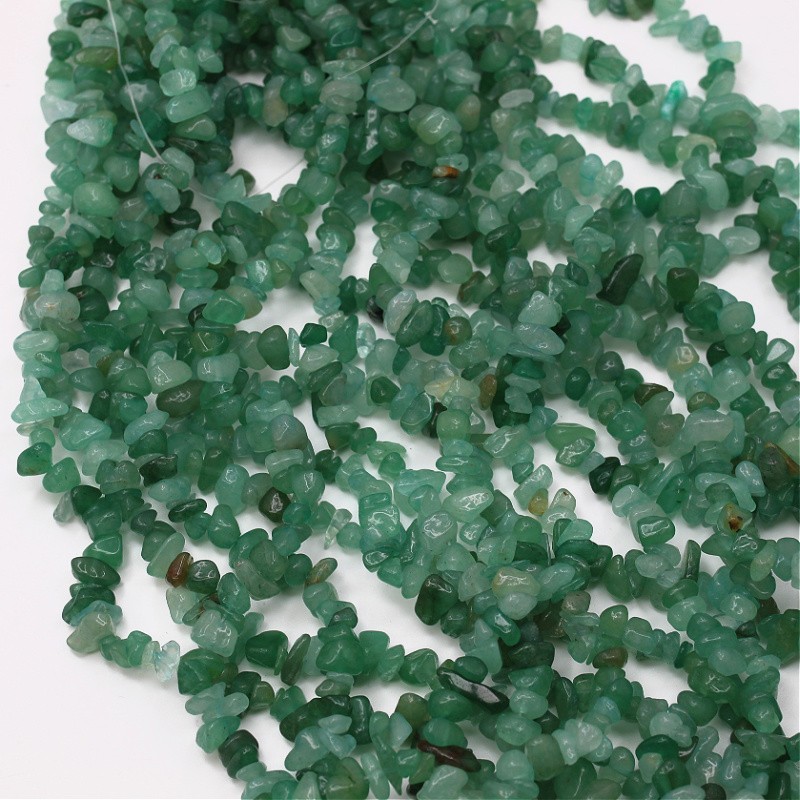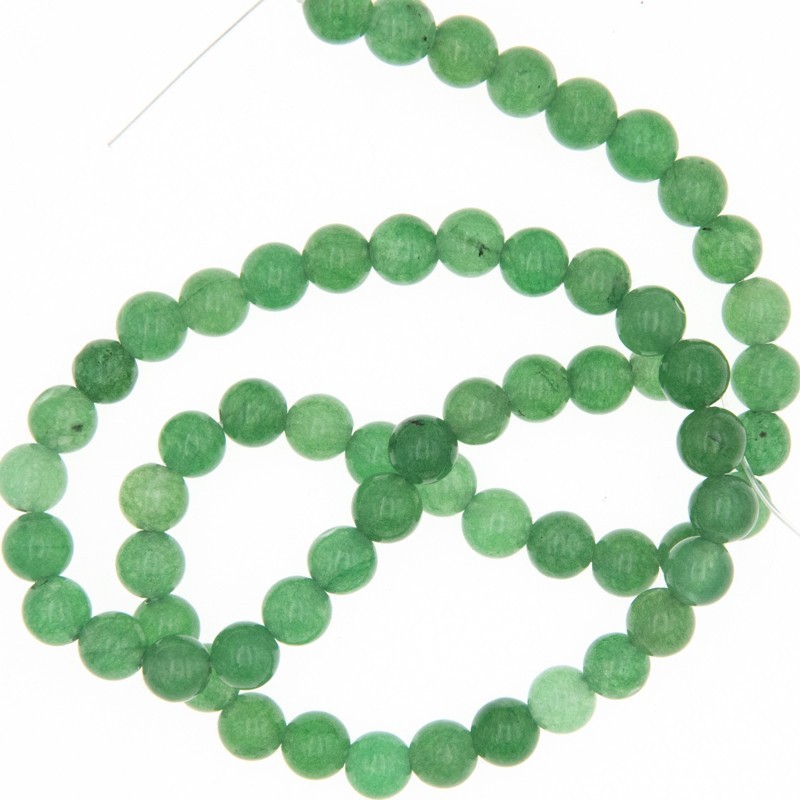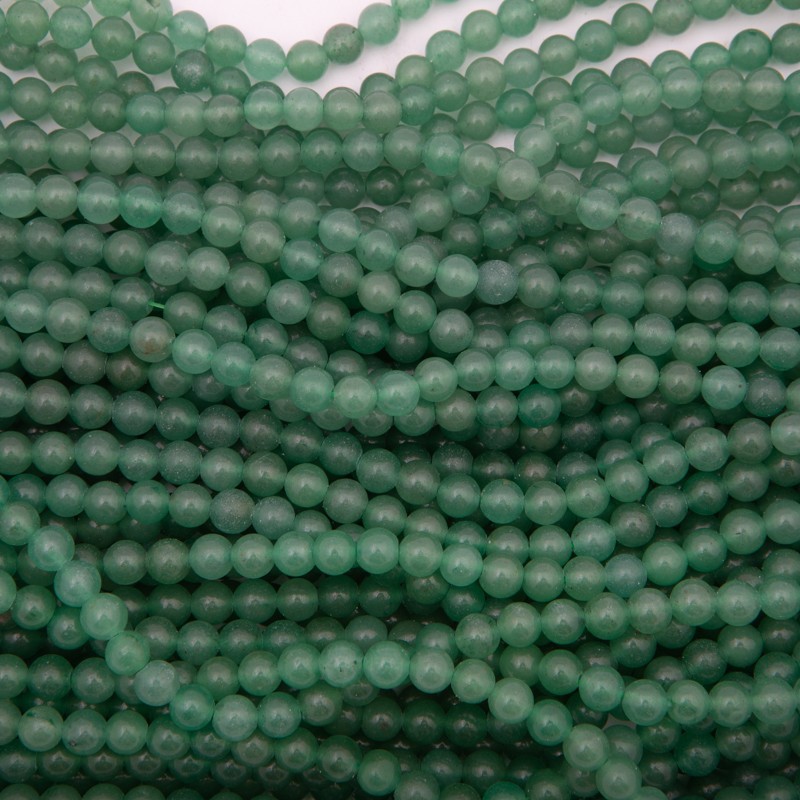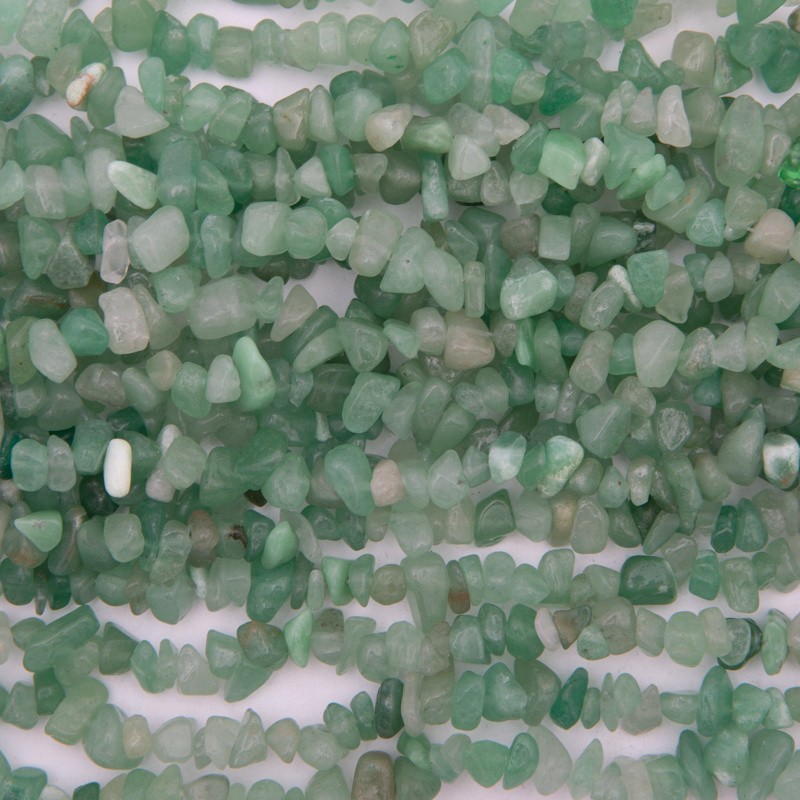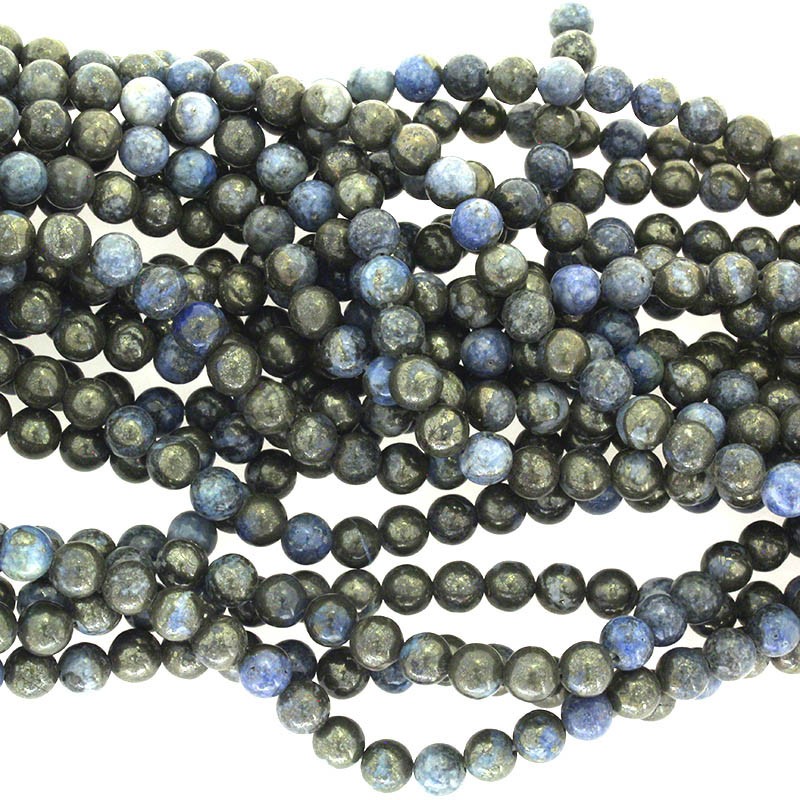Aventurine - properties, care, use in jewelry
Aventurine is one of those stones that most of our clients have heard of before. The most common is green aventurine. However, in our bead shop you will find all the colors in which this mineral can be found.
Interestingly, some people confuse green aventurine with amazonite, especially since until the 19th century aventurine was called Amazon stones. However, the name aventurine is related to its orange-red variety. When this mineral was discovered, it was noticed that it closely resembled aventurine glass produced in Venice. According to other sources, the name of these stones comes from the Italian aventura meaning adventure.
Properties of aventurine
Aventurine is a variety of quartzite. This means that initially it was pure quartz, which was transformed under the influence of high pressures and temperatures. A characteristic feature of aventurine are plate-like inclusions that give it shine. The most common impurities are fragments of goethite, fuchsite and hematite. As you already know, green aventurine is the most popular. However, this stone comes in blue, yellow, orange, brown and even gray. Like most beads made of natural stones, aventurine creates interesting, unique jewelry findings.
Aventurescence is a characteristic property of aventurine. This phenomenon is described as shiny, often colorful and metallic reflections inside the stone. This is the effect of the inclusions described above and the reason for confusing aventurine with Venetian glass. The hardness of aventurine beads is about 6.5, so you can easily create jewelry from them without worrying about damaging it.
Aventurine - a beautiful stone for jewelry
Although aventurine beads are not as diverse as agate beads, you will find them in several colors, sizes and shapes in our store. All beads have a polished, shiny surface, which highlights their unique colors and patterns. The attractive price of aventurine means that it is often used as a cheaper substitute for jade or nephrite. However, a trained eye will distinguish the minerals, most often thanks to the shimmering inclusions of aventurine.
Aventurine is suitable for all types of jewelry. You can combine them with other natural materials such as pearls, aquamarine, lepidolite and quartz beads or mother of pearl semi-finished products. Moreover, aventurine combines perfectly with glass and metal semi-finished products. Its varied colors allow you to design jewelry in cool and warm shades.
How to care for aventurine jewelry
Caring for aventurine jewelry is no different from caring for most decorative stones in accessories. You can easily wash these minerals in soapy water and use a cloth or soft brush. Of course, in order not to scratch the surface of the stones, we recommend avoiding aggressive scrubbing of the aventurine. You should also avoid exposing these stones to high temperatures, household chemicals, or salt water.
The rules for storing aventurine jewelry are also not unique. We recommend keeping semi-finished products and accessories in a dry environment. To avoid abrasions from stones or other materials, place accessories in separate bags, compartments or boxes. Remember to always put clean, dried stones or accessories in the packaging.
